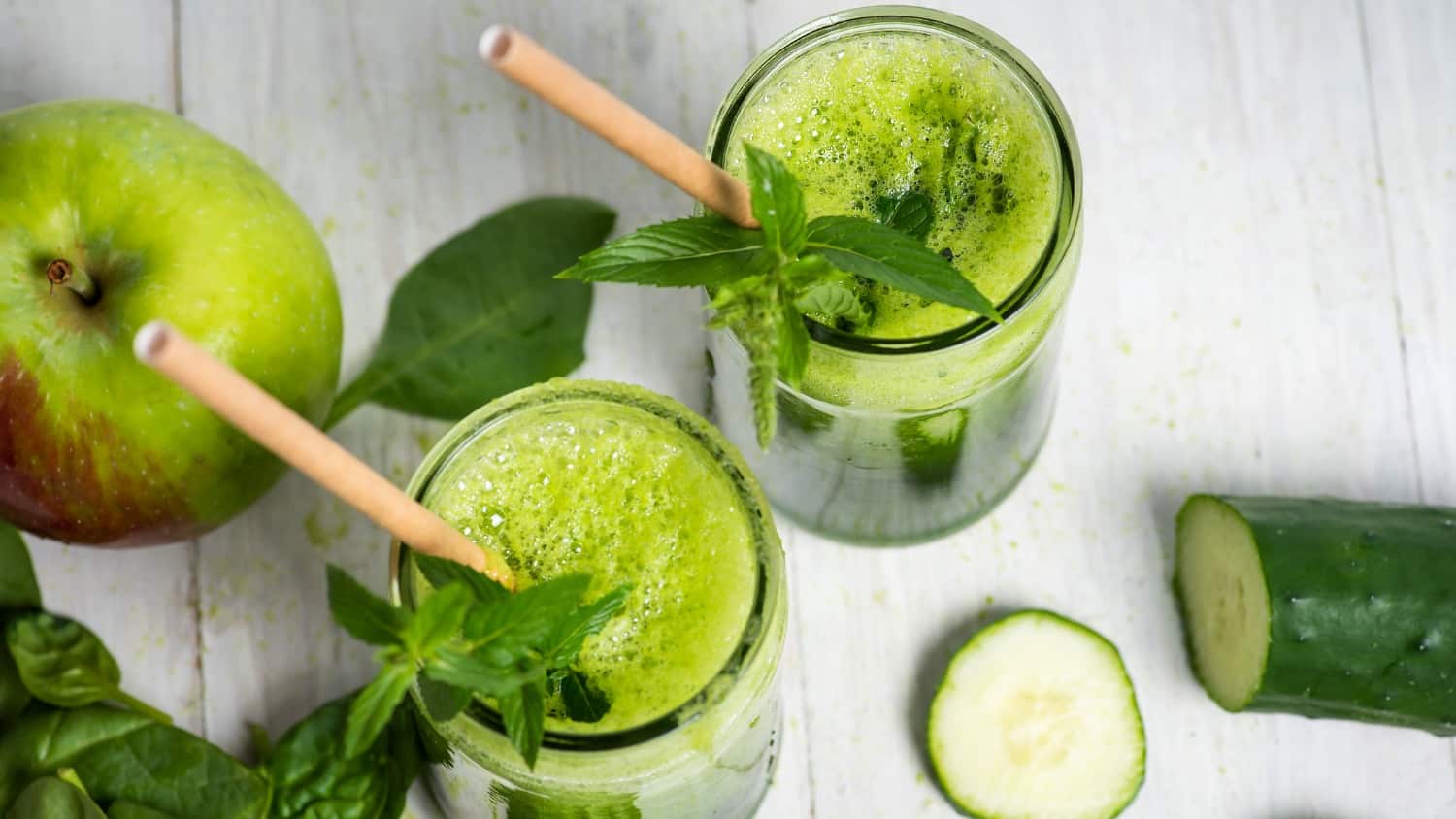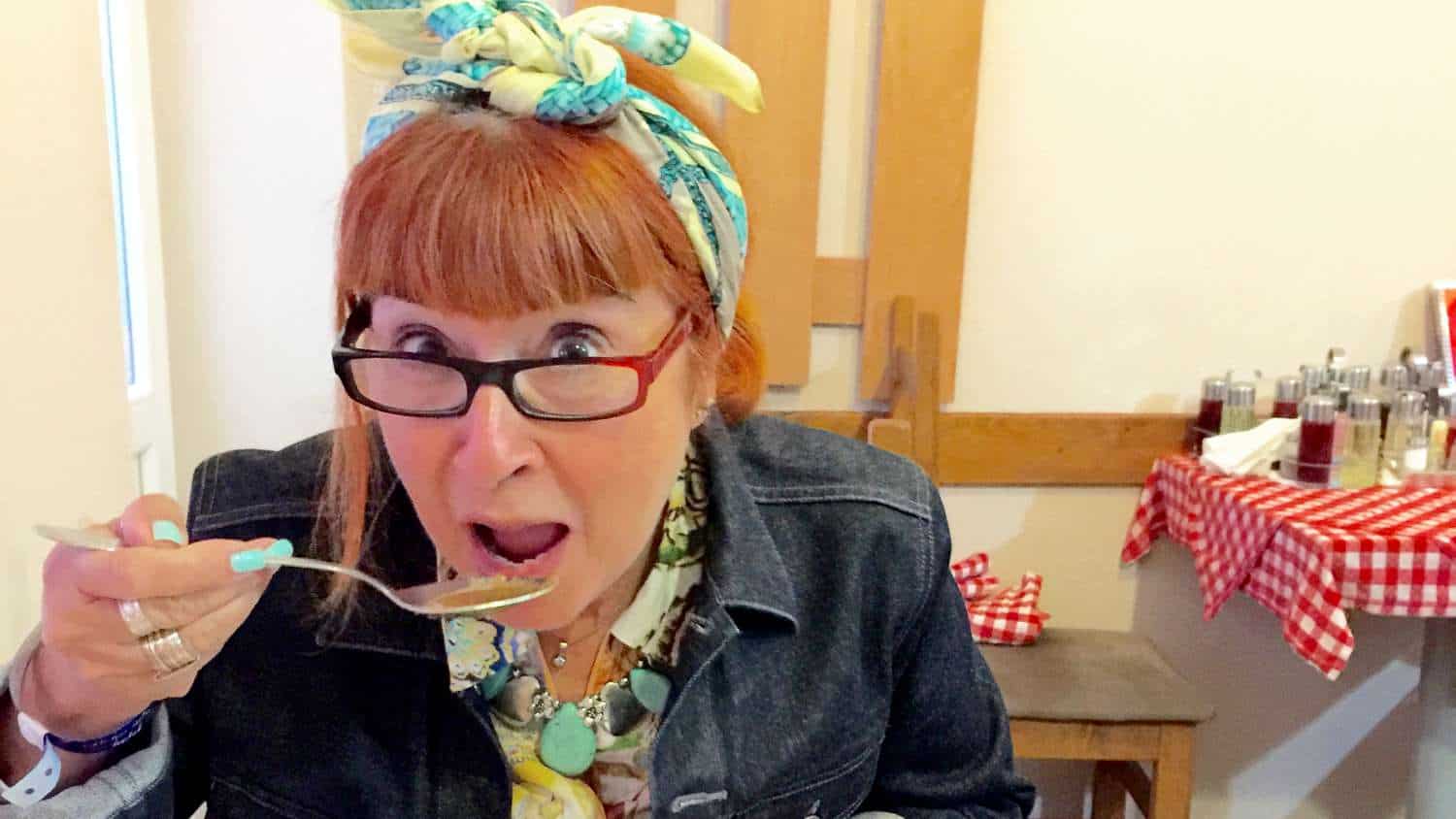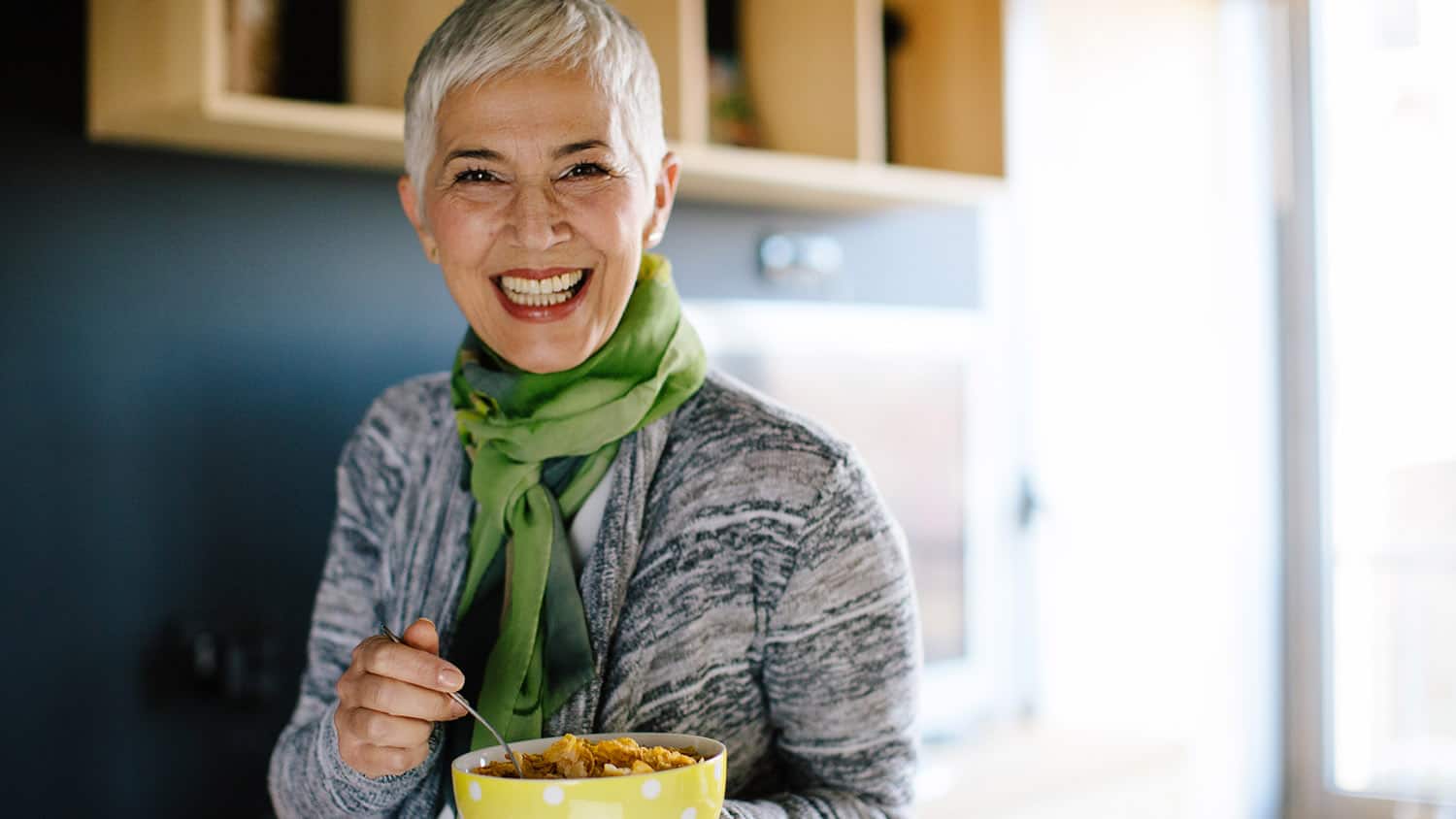
“Drinking Our Meals” Can Play an Important Role in Our Health
I recently had some dental work done and the oral surgeon told me I would need to be on a liquid diet for a while. My first thought was literally “yuck” as I imagined my meals being nothing more exciting or appetizing than bouillon and gelatin.
After talking more with my dentist and doing some research, I realized I had been confusing a “clear liquid diet” with a “full liquid diet.” The former, which I am sure you are familiar with, is what we follow for a day or so to prepare for a medical procedure such a colonoscopy. With this diet, everything is clear to ensure there is nothing in our digestive tract that can interfere with the results of the procedure.
Examples of what are included in this diet are apple juice, clear gelatin, water, bland broths and clear sports drinks. Definitely not something most of us could follow for more than a day or so.
The Full Liquid Diet
What I needed was a “full liquid diet.” As you can imagine, this type of liquid or non-solid diet allows us to enjoy foods with all sorts of colors and flavors. Done correctly, it ensures we are giving our bodies the nutrients they need to stay healthy. And given the importance of staying hydrated, water is, of course, both allowed and encouraged.
This type of diet is not meant as a long-term eating program and should only be followed for as long as your doctor prescribes, which is usually no more than a few weeks.
And, in case you are wondering, liquid diets can lead to weight loss.
Who May Need a Full Liquid Diet?
You may need to follow a full liquid diet in the following instances:
- After weight loss surgery before you can return to eating solid foods.
- If you have broken bones in your jaw or mouth and they need time to heal.
- When you are recovering from pancreatitis.
- If you have problems swallowing (otherwise known as dysphagia).
- After gastrointestinal surgery.
- If you have gastrointestinal diseases or conditions that could benefit from a “break” from solid food.
If you need to go on a liquid diet, be sure to have your list of questions ready for your doctor. Among them, you may want to include the following:
- How long will I need to follow this diet?
- Are there any risks I should be aware of?
- How many calories should I be sure I am getting every day?
- How many times a day should I be drinking my diet?
- Are there foods I should avoid or be sure to include?
How to Maximize Nutritional Value
Once I realized that I had a wide variety of foods that already are liquid or can readily be liquified in a food processor or blender, I looked at how I could make sure I was getting the right nutrients that my body needed.
This is very important as we get older since our nutritional needs change over time along with our body’s ability to absorb the nutrients from the food we eat. And since we also need fewer calories, the ones we do consume necessarily need to be as nutrient dense as possible – even in liquid form.
The easiest way to get all the nutrients in “drinkable meals” is to plan them the same way you plan your solid meals. Always remember that your body needs a combination of six nutrients to stay healthy. They are carbohydrates, protein, water, vitamins, minerals and fats. Each of these nutrients should be included in your liquid diet meals.
And if you have had a recent nutrient test, you will also know which nutrients you need to pay special attention to in order to meet your specific needs. Doing so is not as difficult as you may think. In fact, you may – as I did – find it fun and challenging to come up with recipes to keep the “drinkable meals” interesting, appetizing and healthful.
Here are some of the ingredients I used for my liquid meals to ensure I was getting all nutrient groups. You should definitely add your own based on your individual situation and tastes.
Protein
Your first thought here may be to just add protein powder to your liquid meal. This would definitely help you reach your protein goals, but it does come with some caveats. The first is many commercially available protein powders have been found to have contaminants, including arsenic, lead, mercury and cadmium.
These products may also contain ingredients that many of us may have allergies to, including soy, whey, rice, eggs, peas and hemp. Many protein powders also are made with artificial colors and flavorings as well as corn syrups and added sugars.
As the saying goes, caveat emptor and be sure to carefully read labels. I recommend whole, natural ingredients such as almonds, yogurt, eggs and egg whites, sea moss, pureed meats and beans, chia seeds and avocados as your protein source.
Vitamins and Minerals
Include a serving of fresh fruits and vegetables in each liquid meal to help ensure that you are getting your vitamins and minerals. You should also feel free to be adventurous! One food you may want to try, which is very popular in the Caribbean where I am from, is sea moss. In addition to being a good protein source, it also contains such important nutrients as calcium, iron, magnesium, phosphorous, potassium, folate (also known as vitamin B9), and iodine.
Fats (Especially Essential Fatty Acids)
You can get dietary fats, including essential fatty acids, by including these foods in your liquid diet: avocados; plant oils (such as flaxseed oil, canola oil, or soybean oil) and nut butters (peanut butter is great in a breakfast or desert shake).
Carbohydrates
Carbohydrates are a critical nutrient and perhaps even more so when you consider their importance in helping ensure your liquid diet is providing you with enough calories. Some carbohydrate-rich foods that I included in my liquid diet were bananas, sweet potatoes and quinoa.
Water
In addition to keeping you hydrated, water is the perfect base for your liquid meal. You also can use cow’s milk, or nut milks such as almond milk, both of which are also good nutrient sources. Another great option is coconut water.
Keep in mind that you can prepare your “drinkable meals” in a variety of ways. In my case, I included smoothies, soups and purees. I also mixed and matched them depending on the meal my family was eating so that I could join them at table and not feel left out. So, a dinner, for example, could be a nice, chilled soup followed by pureed and strained vegetables with a fruit smoothie for dessert.
What about Drinking Some Meals and Eating Others?
Again, keep in mind that a full liquid diet is not meant to be long term and that you will be back on solid foods in a relatively short amount of time. That said, if you’re like me, you may discover that you liked coming up with recipes for a drinkable meal and now you want to incorporate them into your regular diet.
The good news is that it is perfectly fine to do so as long as you use them to supplement or complement your heathy diet. I found that a fruit and vegetable smoothie is a great mid-morning or mid-afternoon snack. If you like this idea, be sure to talk with your doctor or another competent healthcare practitioner about the best way to do this including whether it would be okay to replace any solid meals with liquid ones.
Have you ever had to follow a liquid diet for any reason? What was your experience? Do you ever prepare “drinkable meals” as a snack or as a solid meal replacement? If so, did you talk with your doctor or another competent healthcare provider before doing so? Please join the conversation.
Tags Healthy Eating






